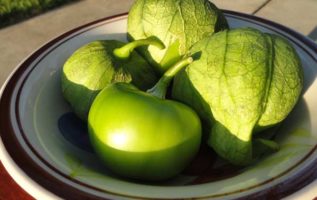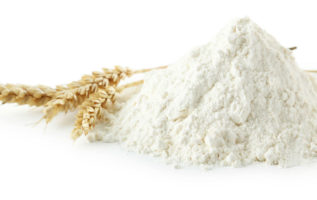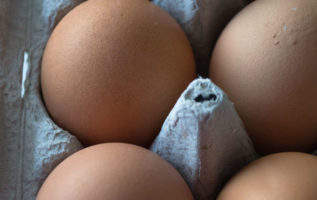
Ever wonder why that big bowl of spaghetti drenched in marinara mushroom sauce tastes so darn good?
Well it’s not just because our bodies have a tendency to crave carbohydrates. It’s ’cause ingredients such as those used in that dish are high in glutamates, a chemical compound that naturally make our taste buds go into overdrive.
While you may not have heard much about glutamates before, you’ve probably heard about MSG.
And believe it or not, MSG has been around in some form for more than a thousand years. Of course, back in the Dark Ages it wasn’t sold in bottles such as Ac’cent, but came from natural ingredients.
MSG is short for monosodium glutamate, and it’s known for two things: Enhancing the flavor of foods; and controversy over its safety.
How exactly does MSG “enhance” the flavor of foods? Well, that’s still unknown, even among food scientists who study this kinda stuff all day long. All they know is that, somehow, MSG makes food taste better.
The confirmation for this came in 1908, when a chemist at the University of Tokyo isolated glutamate in seaweed and determined it was that compound that made stuff taste a lot more flavorful.
Fast-forward to the 1960s, and MSG started getting a bad rap from people who associated the ingredient for its broad use in Chinese restaurants, blaming it for the headaches and burning sensations they experienced after. It wasn’t until 30 years later that the FDA declared the ingredient safe for “most people.”
(Hungry for more info? Check out this organization promoting glutamate, as well as the Mayo Clinic’s findings on MSG.)
That’s the background on MSG. Still with me?
Good, cause that brings us to our key point: Some foods have naturally higher levels of glutamate, the compound known to turn up the flavor in foods.
Among these “secret” foods are: tomatoes, Parmesan cheese, beets, mushrooms, and seaweed.
What this means is that if you add any of these ingredients to a recipe, they will naturally make the whole thing taste better, no bottle necessary (though I’d hesitate to use them all in one recipe). Plus, you get to reap the rewards of their nutritional factor, as well, good stuff like vitamins and fiber. That’s a culinary double-whammy, and one that’s been known unwittingly by cooks long before we were all using convection ovens.
By the way: If you’re wondering what exactly MSG tastes like, that isn’t so easy to define. But the Japanese acknowledge it as umami, often called the “fifth taste sensation” in addition to salty, sweet, sour, and bitter. Umami might be described as “savory.”
But never mind defining. Try adding one or a combination of the “secret” ingredients to your next dish, and let the tasty results and experience speak for themselves.
Source: iwanttocook.com (defunct blog)



























